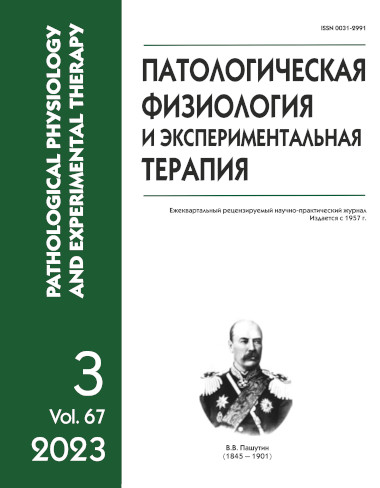Biological effects of butanoyl ethanolamide and capryloyl ethanolamide in rats: antinociceptive and side effects
Abstract
Background. A promising direction in the development of new pharmacological drugs for relief of pain and inflammation is studying the biological effect of lipid molecules, including fatty acid ethanolamides. The aim of the study was to investigate the effects of butanoyl ethanolamide (BEA) and capryloyl ethanolamide (CEA) on nociceptive reactions, biochemical and histological changes in healthy animals, as well as on pain sensitivity in models of neuropathy and arthritis. Methods. The study was performed on Wistar male rats (n=71). Nociceptive sensitivity was assessed by changes in the nociceptive response threshold (NRT) and latent period of nociceptive response (LPNR). Blood cell count was performed with a Nihon MEK 6450K (Japan) hematological veterinary analyzer. Biochemical tests were performed using a BS-200 (MINDRAY, China) biochemical analyzer with Diasens (Belarus) commercial kits. Results. Intragastric administration of BEA to healthy animals in any studied dose caused no statistically significant changes in NRT and LPNR compared to their background values (p>0.05). CEA at a dose of 100 mg/kg caused a decrease in nociceptive sensitivity to mechanical action (p<0.05). Blood biochemistry values and results of a histological study indicated side effects of these compounds on the structure of the liver and kidneys. In modeling neuropathy and arthritis, BEA and CEA at a dose of 100 mg/kg reduced the pain sensitivity to both mechanical and thermal stimuli. Conclusion. A single intragastric administration of any tested dose of BEA had no effect on the sensitivity to nociceptive stimuli. CEA 100 mg/kg produced a weak antinociceptive effect in response to mechanical stimulation. The severity of changes in the functional activity of the liver and kidneys depended on the drug dose. In models of neuropathy and arthritis, BEA and CEA at a dose of 100 mg/kg produced an analgesic effect.






